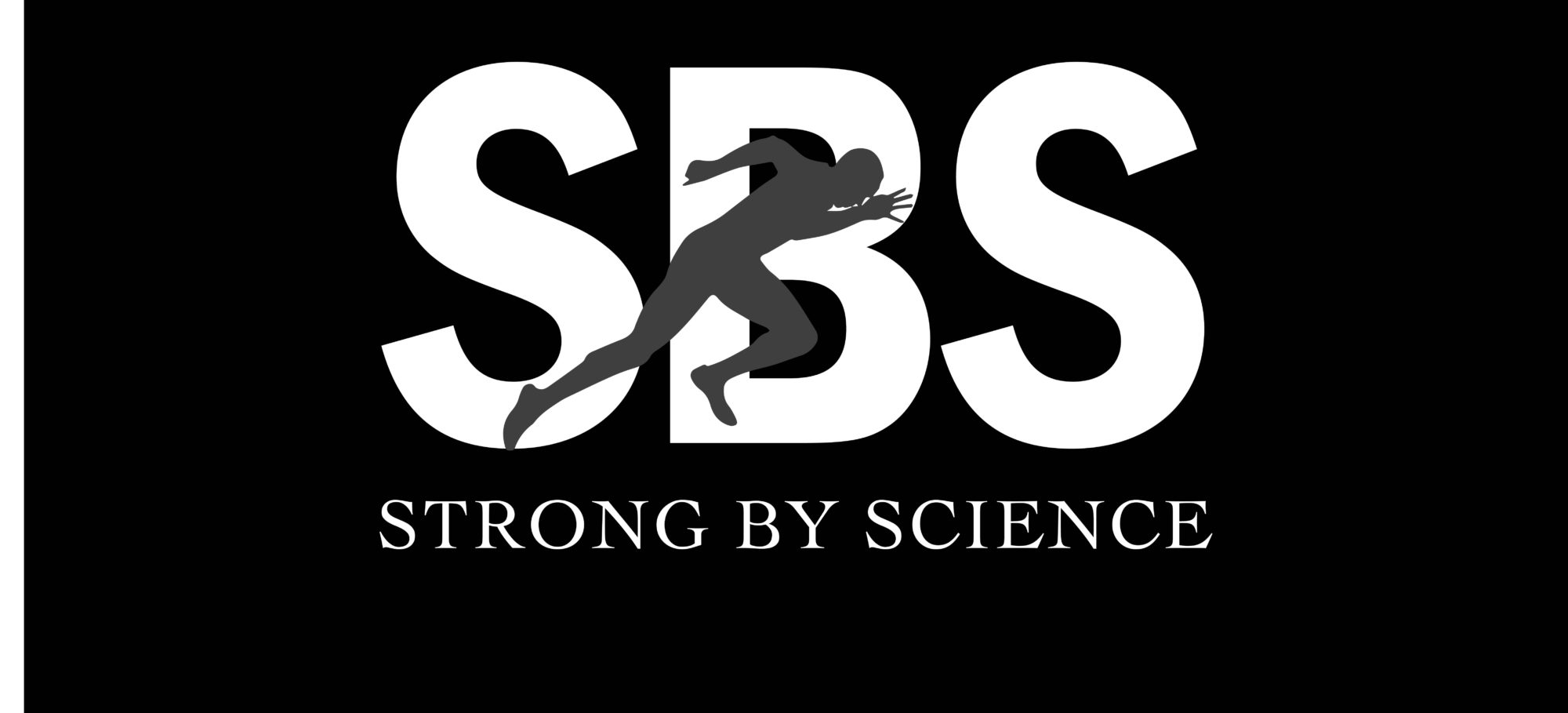The rehabilitation process is a very complex, multidimensional endeavor. It is extremely hard to determined when an athlete is truly ready to return to perform at their highest level. Despite the fact that psychologically they may be more than ready to return, their body may not permit it, or visa versa. There is no “best answer” to this problem. It is much more of a sliding scale (kind of and maybe) than it is binary (ready or not).
One aspect of return to play that is often overlooked in the sports performance world is the standardization of measurement. For example, strength coaches may use a series of physical performance tests to determine an athlete’s physical profile, while on the other hand an athletic trainer or a physical therapist may use a separate set of metrics. Now, this isn’t to say one metric is superior to the other, it is simply to point out that lack of standardization can make comparing before and after profiles quite difficult.
To solve this problem, open communication is the quickest answer. How many physical therapists (PTs) and athletic training (ATs) know an athlete’s max squat, 40 yard dash time, single leg vertical jump or yo-yo score prior to the injury? My guess not many… If the performance coach, who is responsible for the development of well, performance puts value into these metrics as an indicator success, then it might be wise for the athletic trainers and physical therapist to value these metrics as well. Now, the same can be said for the strength coach as well. If the ATs and PTs value certain metrics, maybe the performance coach should understand the significance of these metrics. We can sit here and debate all day as to which metrics we should value over others, however at the end of the day, it comes down to utility. Are these metrics easy to obtain and do we have the equipment for it? If so, how easy is it to use this equipment and how applicable is it in our given setting?









You must be logged in to post a comment.